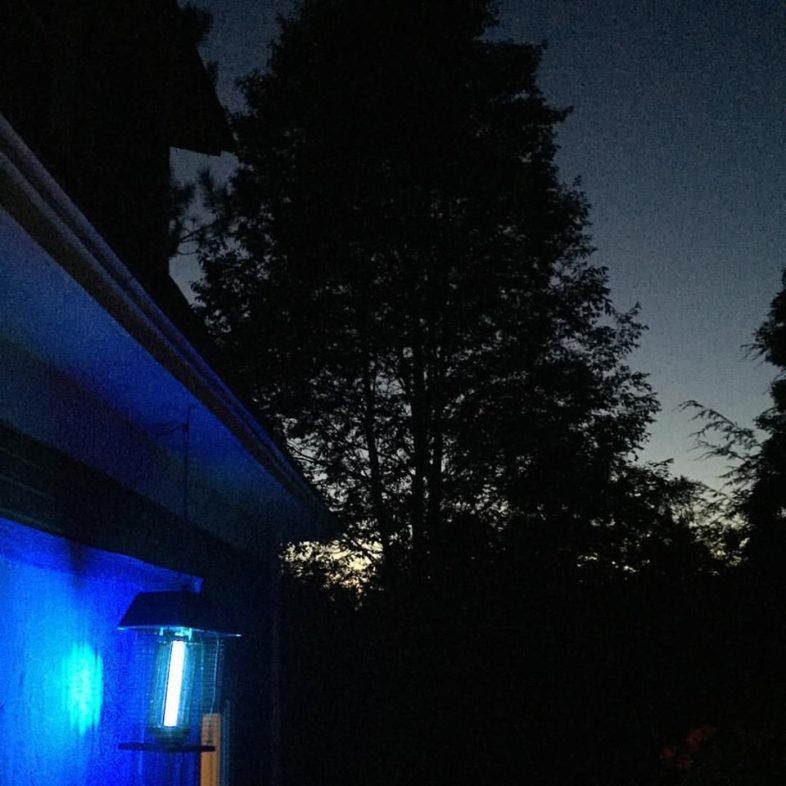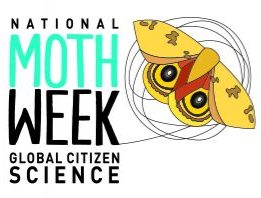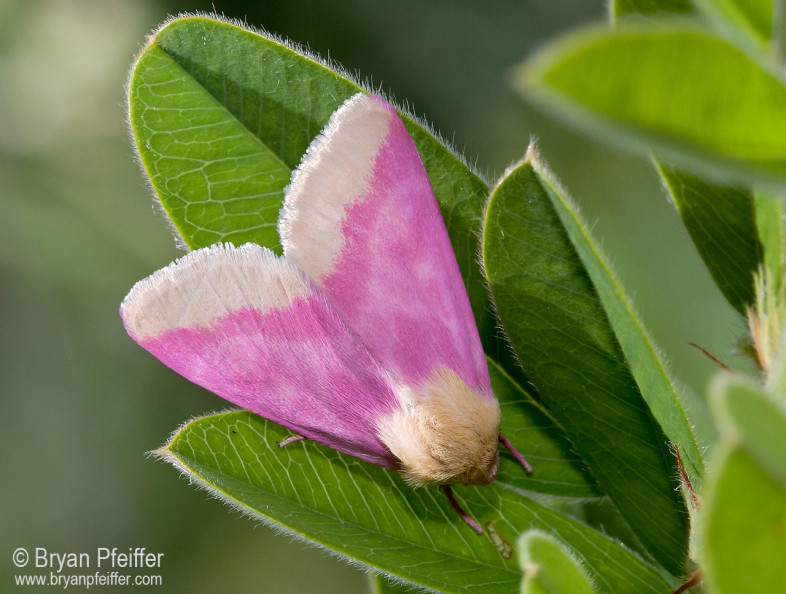
For five bucks at a garage sale and the snip of a wire, this bug zapper (aka moth killer as they really don’t work for biting insects) was changed into a backyard moth light.
Volunteer naturalists from across Vermont uploaded over 1,200 images of moths comprising more than 370 species during National Moth Week. This year’s count was bolstered by the Montpelier Bioblitz 2018, which kicked off the week. Moth experts Hugh McGuinness, Michael Sabourin, Joanne Russo, and others on the bioblitz team recorded nearly 320 moth species in Montpelier during the first two days. Nearly 130 volunteers added moth observations during the week. The number of species will likely continue to rise as experts pore over the data in coming weeks.
 National Moth Week celebrates the beauty, life cycles, and habitats of moths. Held worldwide during the last full week of July, National Moth Week offers everyone, everywhere a unique opportunity to become a citizen scientist and contribute information about moths. Through partnerships with major online biological data depositories, like the Vermont Atlas of Life on iNaturalist, participants help map moth distribution and provide needed information on other life history aspects around the globe.
National Moth Week celebrates the beauty, life cycles, and habitats of moths. Held worldwide during the last full week of July, National Moth Week offers everyone, everywhere a unique opportunity to become a citizen scientist and contribute information about moths. Through partnerships with major online biological data depositories, like the Vermont Atlas of Life on iNaturalist, participants help map moth distribution and provide needed information on other life history aspects around the globe.
The fun doesn’t begin and end with National Moth Week. Here at VCE, with the aid of many volunteers across Vermont, we map moth distribution throughout the year. Since 2013, professional biologists and volunteer naturalists have contributed moth observations to the Vermont Atlas of Life through our iNaturalist project. Many of us turn on special lights in our backyards on summer nights to find hundreds of moths and other insects gathering on white sheets, hunt fields and forest for day-flying moths, and place rotten fruit bait out to attract other moths. Many of these moths can be identified from good photographs (although some are impossible without dissection and examination under a microscope). With today’s amazing digital photography technology, coupled with the newer Peterson’s Field Guide to Northeastern Moths and web sites like iNaturalist, BugGuide, Moth Photographers Group, or Moths of Eastern North America Facebook Group, moth watching (aka mothing) has become increasingly popular.
Moth watchers here in Vermont have added nearly 100 new species to the Vermont checklist via the Vermont Atlas of Life on iNaturalist and have documented 1,248 species across the state so far. What’s even more amazing is that we’ve recorded over 32,000 observations, which help to understand their phenology, habitat use and range in Vermont like never before.
Since the 1995 landmark publication Moths and Butterflies of Vermont: A Faunal Checklist, nearly 400 new moth species have been found in Vermont thanks to the tireless efforts of both professional and amateur lepidopterists. Preliminary results show us that there are now over 2,200 species of moths known from Vermont. And, there are likely many more awaiting our discovery.
We encourage you to add your photographs of moths too. Finding moths can be as simple as finding them flying about during the day or leaving a porch light on and checking it after dark. Serious moth aficionados use special lights and baits to attract them. Check out this short introduction on how to start mothing. Its easy and fun!
Moth observations by superfamily from the Vermont Atlas of Life iNaturalist project overall (updated to 1/2/2019) and during Moth Week 2018 (July 21-29). Click on any research grade number to see a gallery and listing of all the research grade species for each superfamily at iNaturalist.| Superfamily | VAL Observations | VAL Research Grade Species | Moth Week 2018 Observations | Moth Week 2018 Research Grade Species |
|---|---|---|---|---|
| Micropterigoidea (Mandibulate Archaic Moths ) | 0 | 0 | 0 | 0 |
| Eriocranioidea (Eriocraniid Moths) | 0 | 0 | 0 | 0 |
| Hepialoide (Ghost Moths and Swift Moths) | 16 | 2 | 5 | 1 |
| Nepticuloidea (Pygmy Leafminer Moths) | 15 | 5 | 4 | 2 |
| Adeloidea (Fairy Moths and Allies) | 69 | 6 | 5 | 4 |
| Tineoidea (Bagworms, Clothes Moths and Allies) | 113 | 15 | 6 | 4 |
| Gelechioidea (Curved-horn Moths) | 974 | 72 | 78 | 19 |
| Copromorphoidea (Fruitworm Moths) | 19 | 3 | 0 | 0 |
| Yponomeutoidea (Ermine Moths and Allies) | 145 | 12 | 15 | 3 |
| Cossoidea (Carpenter, Leopard, Goat, Clearwing Moths & Allies) | 17 | 1 | 1 | 1 |
| Tortricoidea (Leafroller Moths) | 2700 | 186 | 233 | 54 |
| Zygaenoidea (Flannel, Slug Caterpillar, Leaf Skeletonizer and Allied Moths) | 338 | 13 | 17 | 4 |
| Pyraloidea (Pyralid and Crambid Snout Moths) | 3968 | 156 | 282 | 57 |
| Pterophoroidea (Plume Moths) | 306 | 11 | 24 | 1 |
| Drepanoidea (Hook Tip Moths and Allies) | 495 | 8 | 27 | 6 |
| Geometroidea (Geometrid and Swallowtail Moths) | 8348 | 187 | 318 | 57 |
| Mimallonoidea (Sack-bearer Moths) | 0 | 0 | 0 | 0 |
| Bombycoidea (Hawk/Sphinx, Silk, Emperor and Allied Moths) | 2070 | 38 | 55 | 13 |
| Noctuoidea (Owlet Moths and Allies) | 16452 | 542 | 938 | 171 |
| TOTALS: | 36,045 | 1,257 | 2,008 | 397 |


So I was just wondering , is it weird that I saw an Atticus atlas moth in Vermont?? I only know that this is what I saw because I visited the cryptozoology museum in Portland Maine while I was on vacation, and they had a specimen of one there that had the name of the month on its display. I’ve been meaning to look it up because when I saw this beautiful, huge monster of a month at the store I work for I thought it was crazy , I’ve never seen a month like this one in my life. So when I saw it at the museum I took a photo of it so I could look it up and when I did , it said that the month is native to Asia. So I’m wondering why is one in Vermont ? Thanks
Thanks for contacting us about this. While someone could have raised it and released it I suppose, I wonder if it might be one or our native giant silkmoths? Here’s a list with links to the four species we have in Vermont – http://val.vtecostudies.org/projects/vermont-giant-silkmoth-survey/vermont-giant-silkmoth-species/. On each species page, there is a link to the iNaturalist page that will show you more images. The species most closely resembling the atlas moth would be this one: https://www.inaturalist.org/taxa/81582-Hyalophora-cecropia. Have a look and let me know what you think. Also, you might like our Vermont Atlas of Life project on iNaturalist too. Check it out at https://www.inaturalist.org/projects/vermont-atlas-of-life and join. It is a lot of fun and helps us document biodiversity across Vermont.